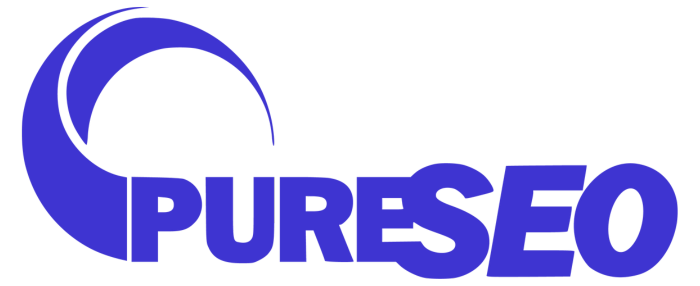
In the era of businesses going digital, and with such high competition online, it’s more important now than ever to produce compelling content for your website. Compelling content is about more than just sharing information – it’s an effective way to establish who you are as a brand, engage new customers and clients, and keep your website relevant and able to be found more easily online.
For someone who’s new to the world of online content, the thought of continually producing compelling content may seem like a daunting task. Trust us when we say it’s worth it though, and with these tips, you’ll be drawing in online readers in no time.
1. Start with keyword research
Think back to the last time you searched for information online. What search terms did you use? What results were listed first? Keywords are a great way to ensure your website’s presence in search results, which makes it all the more important to include them organically throughout your content. They also ensure the continuity of a visitor’s journey; you want the content they find on your site to match the expectations of what they’re looking for when they’ve let their fingers do the walking and clicked on a link.
If you’re newly developing a website, make a list of all the relevant topics and potential search terms that you would like to lead to your site. Some will have more competition than others, but an expert can help you focus in on the ones with the most potential so that you can include these in your written content. If your website is in place and you’re coming up with blog topics and content, hunt out the original list of keywords for the main site and make sure some of these carry through to boost your rankings.
2. Include strong calls-to-action
A call-to-action (or CTA) is a method of encouraging your website visitors to undertake a specific action as a result of visiting and engaging with your content. When this action is completed, it is known as a conversion, and these conversions are essential for making money. Common CTAs encourage visitors to buy, book, subscribe, download, trial, or preview the goods and/or services sold by your company, and a successful CTA is pivotal for growing your business.
Successful CTAs should be prominent and prevalent on your web page, and worded in a way that reduces the sense of effort on the user’s behalf. Make your CTAs compelling – successful conversions are profitable, meaning that effective CTAs will benefit your business.
3. Consider the user journey
Place yourself in the shoes of someone visiting your website – How did they find it? Where will they head next? Your website layout and the organisation of your content will determine whether or not users have a positive experience on your website, and how long they stay on your page for.
Many content marketers consider a specific process here known as journey mapping, which basically means figuring out what it’s like for your customers to interact with your brand over time and across different channels. The point of journey mapping is to identify and understand where you are putting barriers between them and what they want. Removing these, either through content that pre-empts their questions or technical architecture that requires fewer clicks from them, can boost your conversions.
Consider also how you can tell a story that flows as they move around your site. You know what you want people to do when they visit, so consider how your content can lead them there logically. Narrative can form a strategic digital pathway both within your site to boost conversions, and from other places on the web to generate greater traffic.
4. Keep your content dynamic
We’ve said that good content online is worth it and, when it comes to getting new stuff up online, we mean it. One of the best methods to guarantee search engine optimisation is to regularly produce and publish new content. This signals to Google that your website is current, and increases the pool of content on your website (a great way to keep users on your page). Weekly blog posts are a good starting point, and if you don’t have the means to produce this on your own, SEO copywriting services are an excellent option. In order to rank in the search engines, at least 500 words per page is optimal, and there’s no upper limit on how many words you can write in each post.
Dynamic content must also engage your reader. Use a relevant image and a clear, concise title to grab their attention. Subheadings are an excellent way to break up otherwise long sections of body text, and they allow readers to scroll through to see what points will be covered in a post. If it seems a tricky skill to master, keep a summary of useful practices on hand as a reference point.
Need help writing awesome blog content?
Pure SEO has a specialist team of copy-writing experts that can help you create engaging, on-brand content. We’ve worked with a variety of industries and helped them reach their audience with excellent content that’s in line with SEO best practices. Reach out to us today at 0800 SEARCH for more information!

















